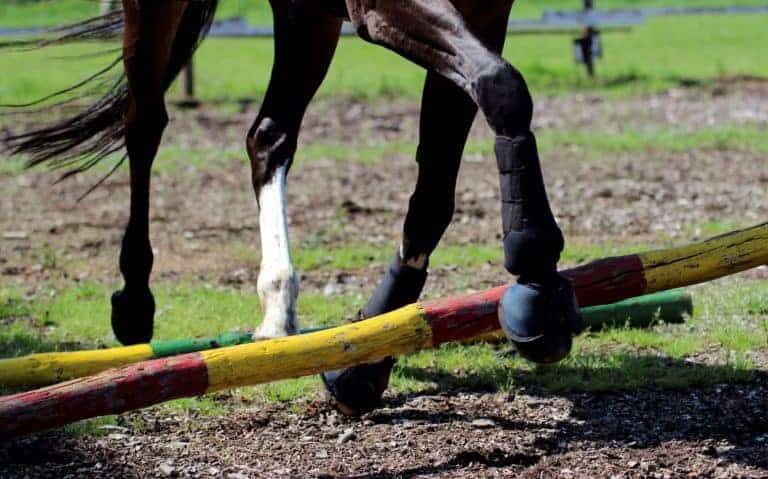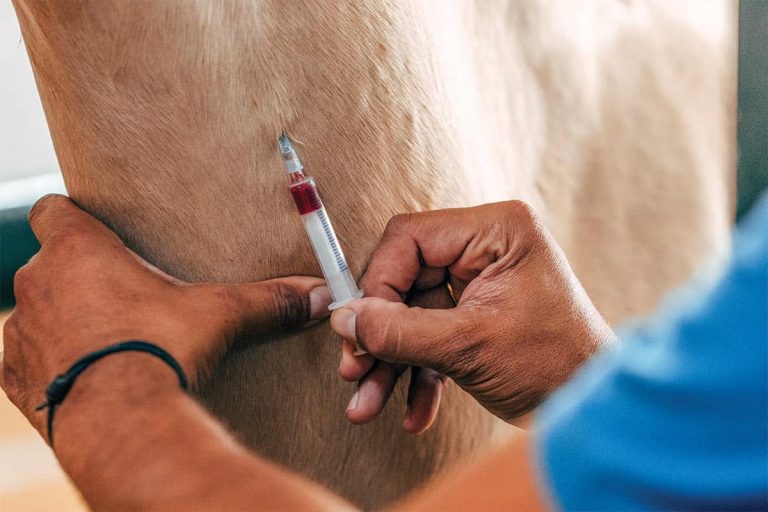: The Hunt for New Antibiotics Continues (AAEP 2010)
It isn’t for lack of effort that the equine industry still doesn’t have new options for treating Rhodococcus equi pneumonia in foals. “To date, alternatives to macrolides for effective treatment of R. equi pneumonia in foals have not been identified
















